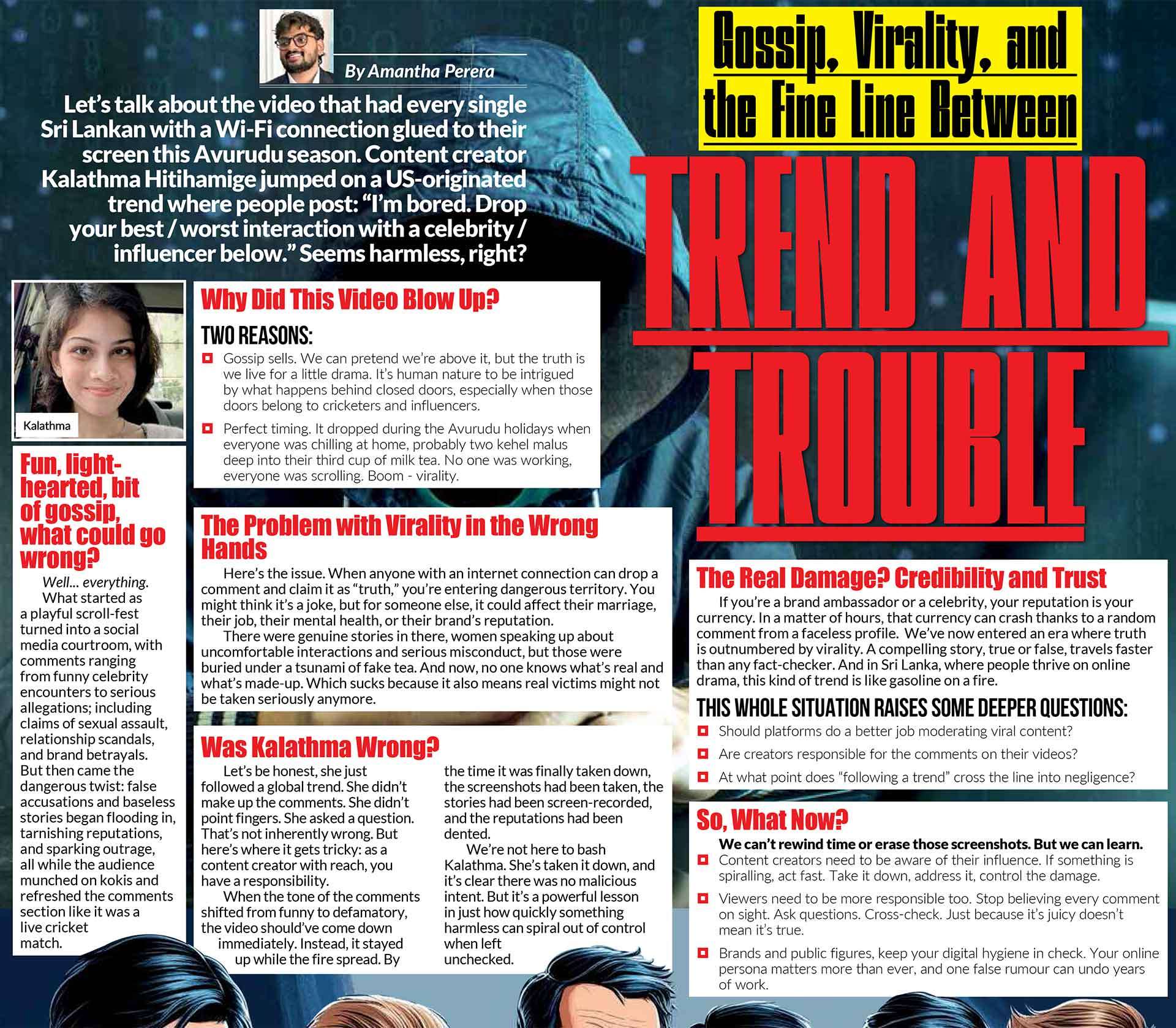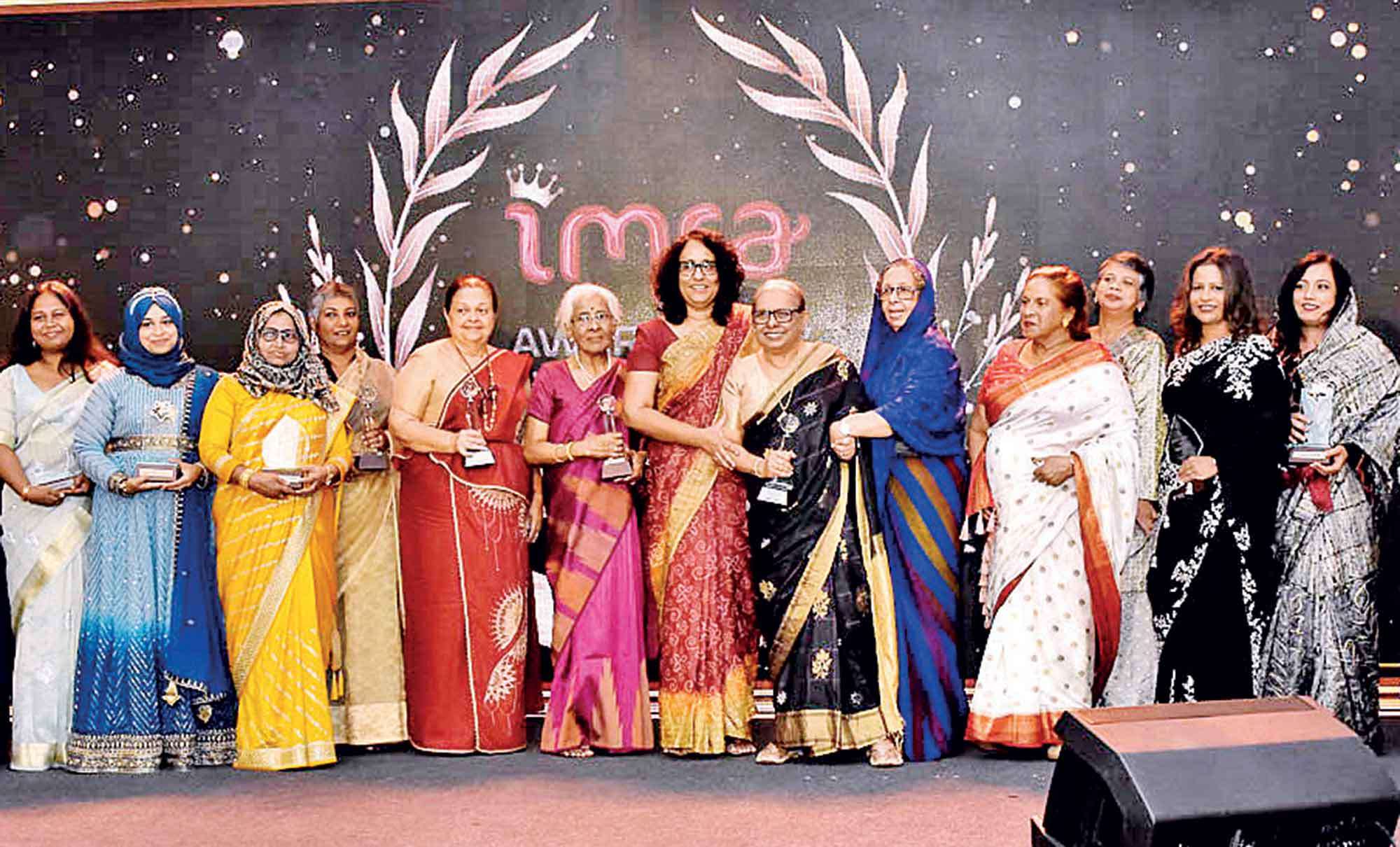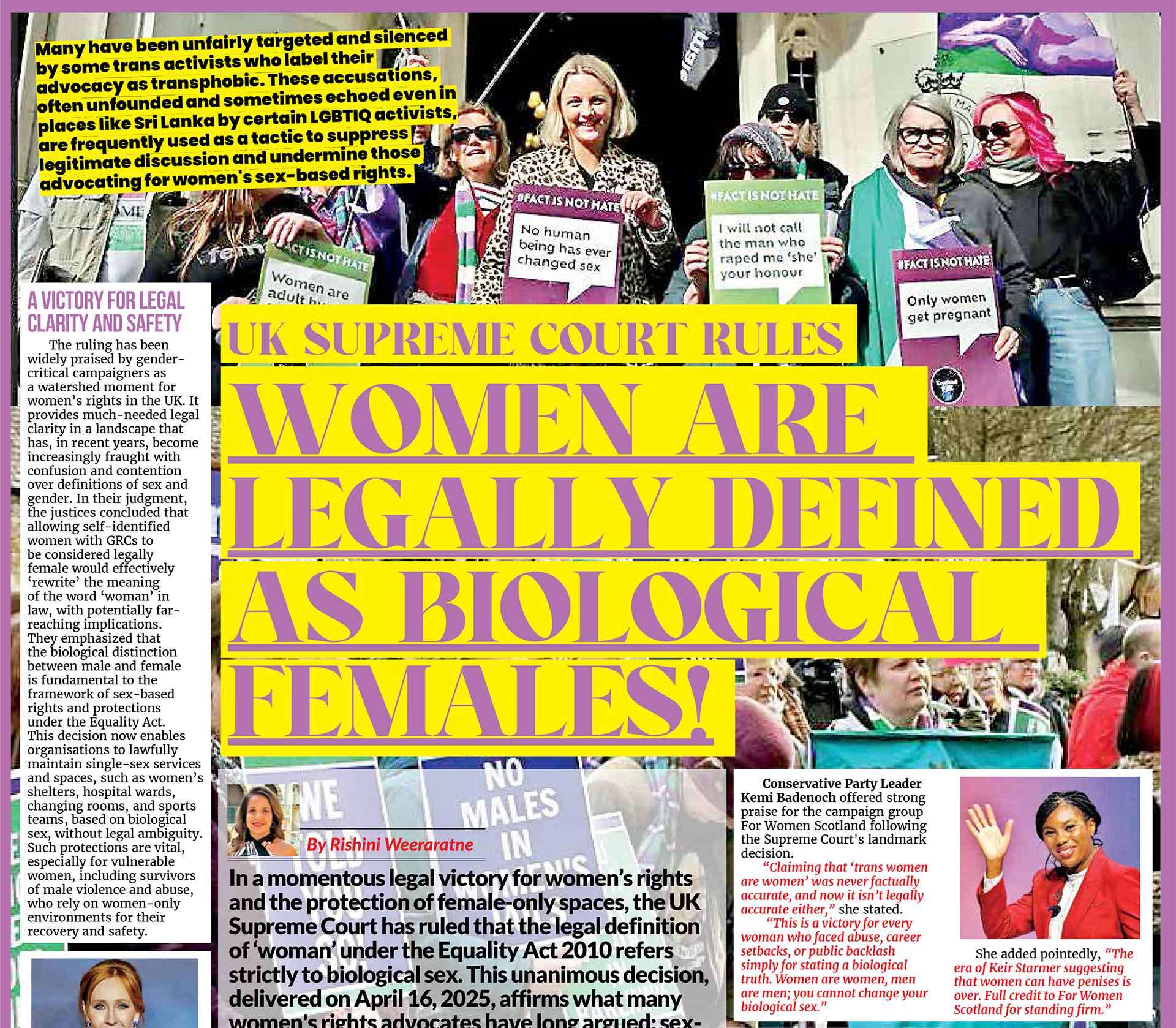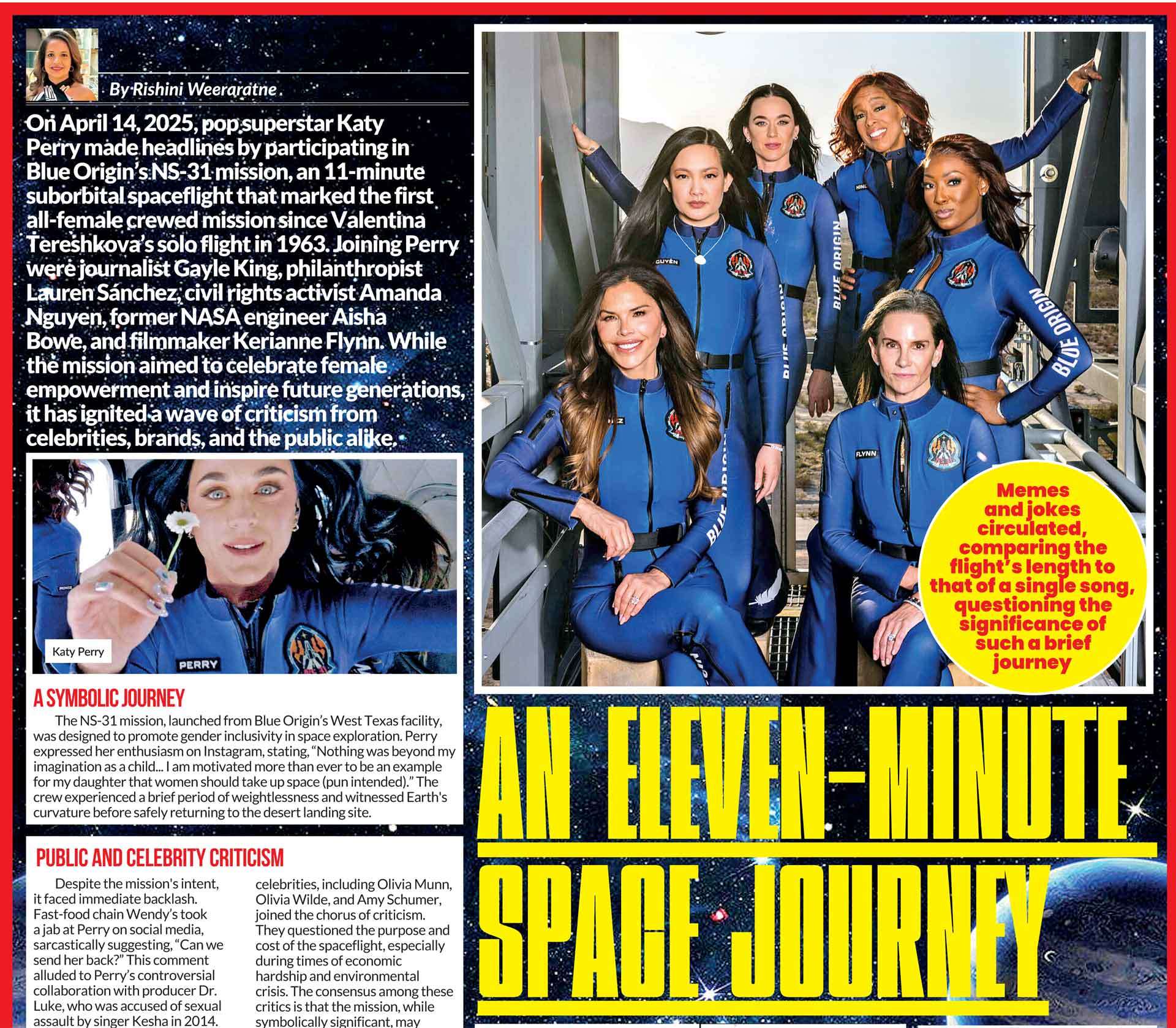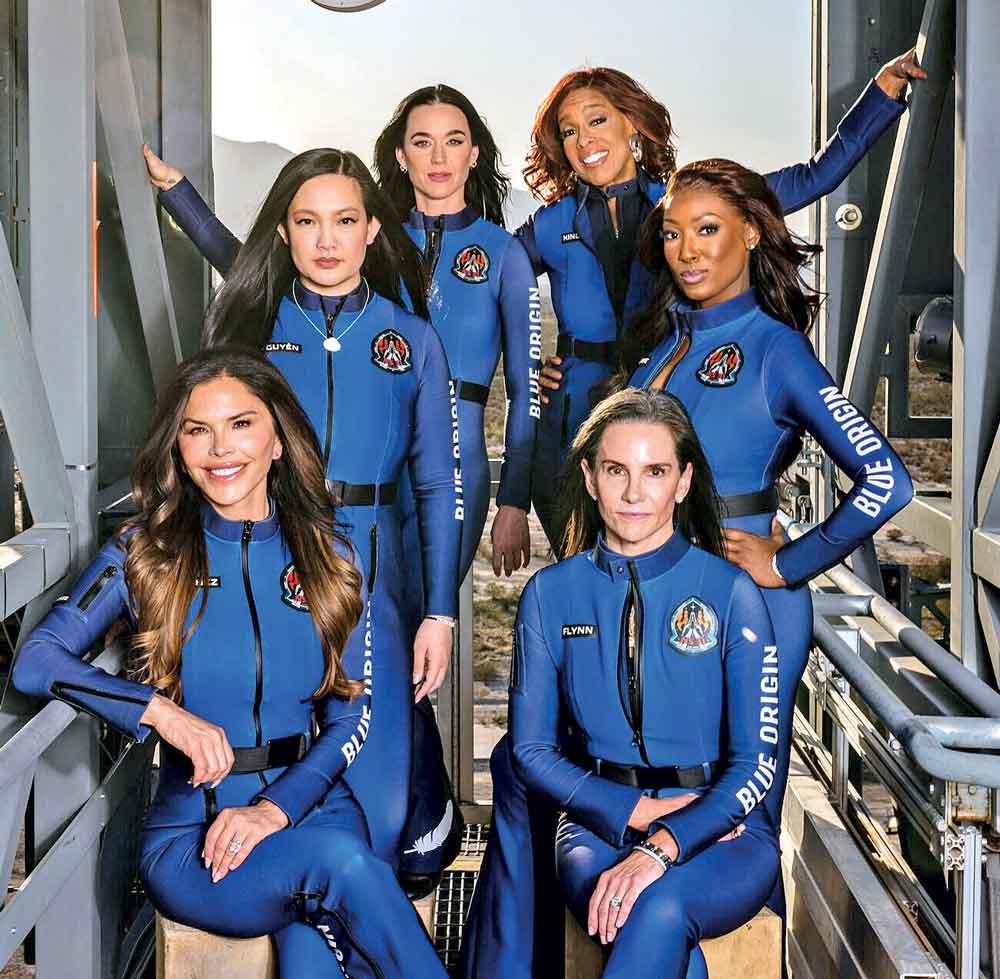
On April 14, 2025, pop superstar Katy Perry made headlines by participating in Blue Origin’s NS-31 mission, an 11-minute suborbital spaceflight that marked the first all-female crewed mission since Valentina Tereshkova’s solo flight in 1963. Joining Perry were journalist Gayle King, philanthropist Lauren Sánchez, civil rights activist Amanda Nguyen, former NASA engineer Aisha Bowe, and filmmaker Kerianne Flynn. While the mission aimed to celebrate female empowerment and inspire future generations, it has ignited a wave of criticism from celebrities, brands, and the public alike.
Memes and jokes circulated, comparing the flight’s length to that of a single song, questioning the significance of such a brief journey
A Symbolic Journey

The NS-31 mission, launched from Blue Origin’s West Texas facility, was designed to promote gender inclusivity in space exploration. Perry expressed her enthusiasm on Instagram, stating, “Nothing was beyond my imagination as a child... I am motivated more than ever to be an example for my daughter that women should take up space (pun intended).” The crew experienced a brief period of weightlessness and witnessed Earth's curvature before safely returning to the desert landing site.
Public and Celebrity Criticism
Despite the mission's intent, it faced immediate backlash. Fast-food chain Wendy’s took a jab at Perry on social media, sarcastically suggesting, “Can we send her back?” This comment alluded to Perry’s controversial collaboration with producer Dr. Luke, who was accused of sexual assault by singer Kesha in 2014. Although Dr. Luke and Kesha settled their legal battle in 2023, Perry's continued association with him has drawn criticism. Kesha appeared to support Wendy's sentiment by posting a photo of herself sipping from a Wendy's cup, a subtle yet pointed gesture towards Perry. This act reignited discussions about Perry’s choices and the broader implications of her professional associations.

Emily Ratajkowski
Model and activist Emily Ratajkowski also voiced her disapproval of the spaceflight. In a TikTok video, she criticized the mission as “not an accomplishment” and expressed disgust over the use of resources for such endeavours amid global crises. Ratajkowski's comments reflect a growing concern about the environmental and social responsibilities of high-profile endeavours. Other celebrities, including Olivia Munn, Olivia Wilde, and Amy Schumer, joined the chorus of criticism. They questioned the purpose and cost of the spaceflight, especially during times of economic hardship and environmental crisis. The consensus among these critics is that the mission, while symbolically significant, may have been tone-deaf to pressing global issues.
Social Media Mockery

Social media users were quick to mock the brevity of the mission. One user quipped, “Katy Perry went to space for 11 minutes,” highlighting the short duration of the flight. Memes and jokes circulated, comparing the flight’s length to that of a single song, questioning the significance of such a brief journey.
Defending the Mission

Katy Perry Kisses the Ground After Landing From Space
In defence of the mission, Gayle King emphasized its inspirational value for young women, stating that witnessing an all-female crew venture into space could motivate future generations to pursue careers in science and exploration. Lauren Sánchez echoed this sentiment, highlighting the dedication and integrity of Blue Origin's team. Perry, addressing the criticism, stated that the experience was “not about me” but about “making space for future women”. She emphasized the collective energy of the mission and its potential to inspire.
A Polarizing Endeavour
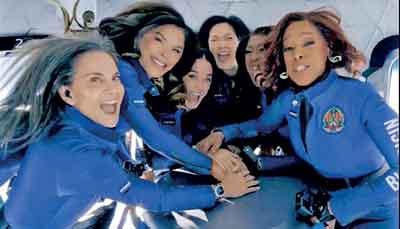
Floating in Space
The debate surrounding the spaceflight underscores the complexities of celebrity influence, environmental responsibility, and social accountability. While the mission aimed to break barriers and celebrate female achievement, it also sparked discussions about privilege, priorities, and the optics of such high-profile endeavours. As the conversation continues, it serves as a reminder of the multifaceted nature of public perception and the importance of aligning symbolic gestures with substantive actions.




